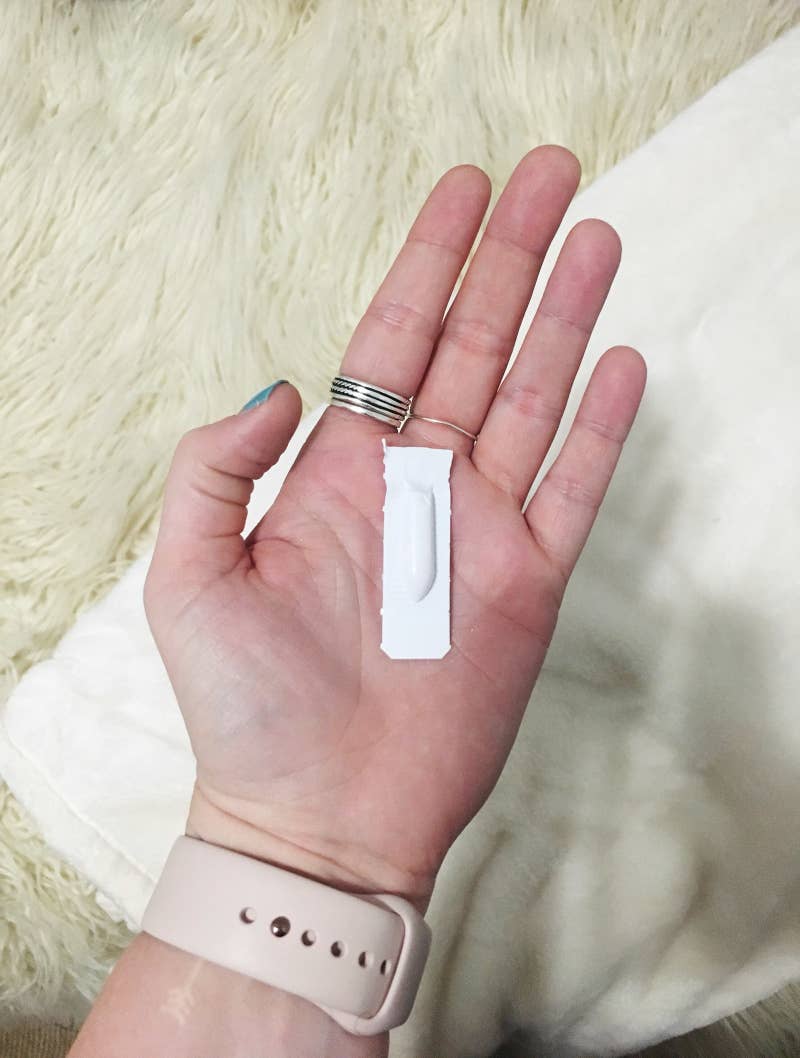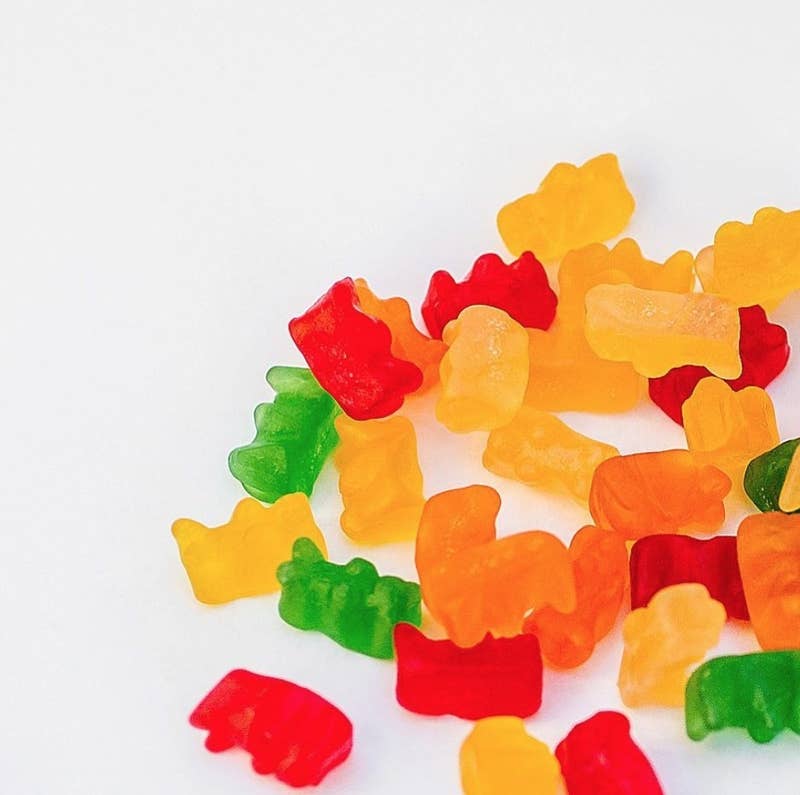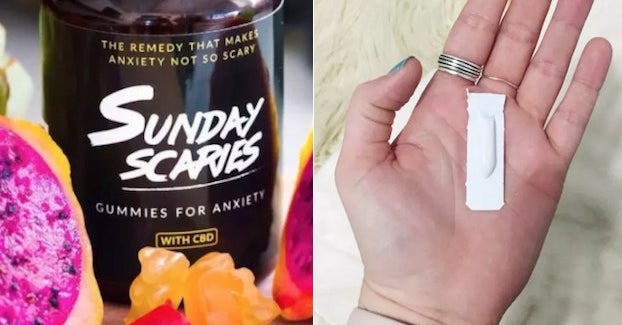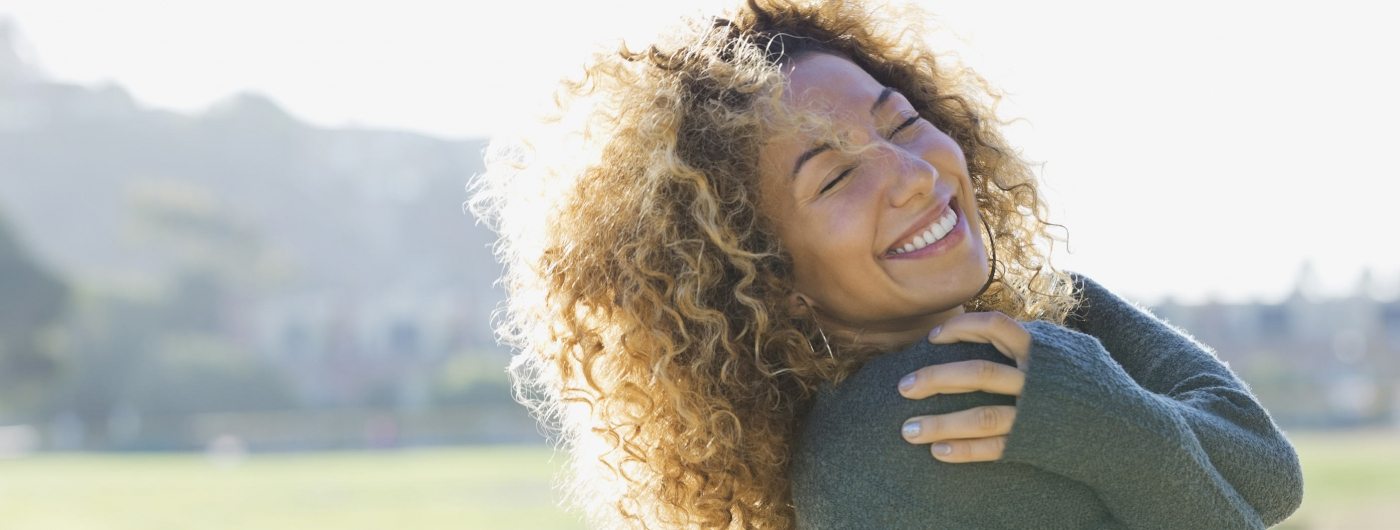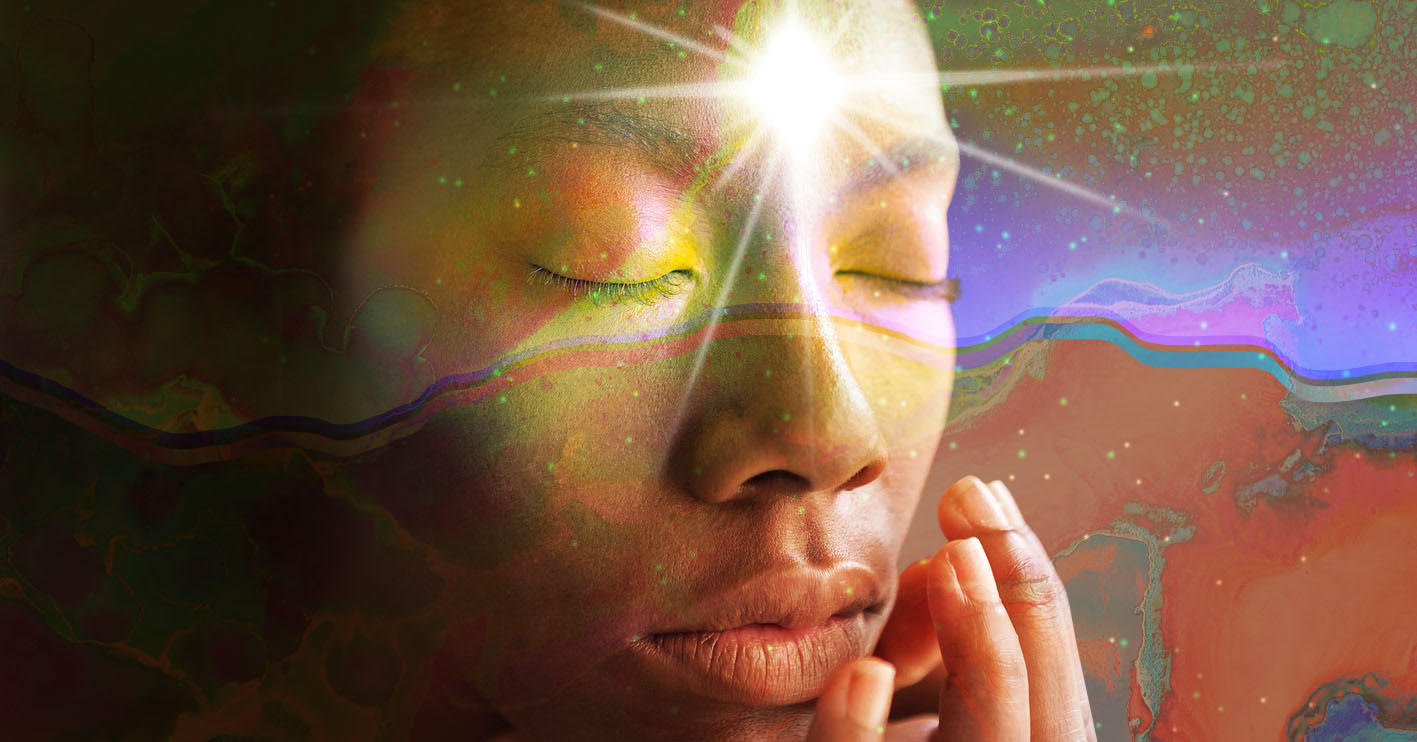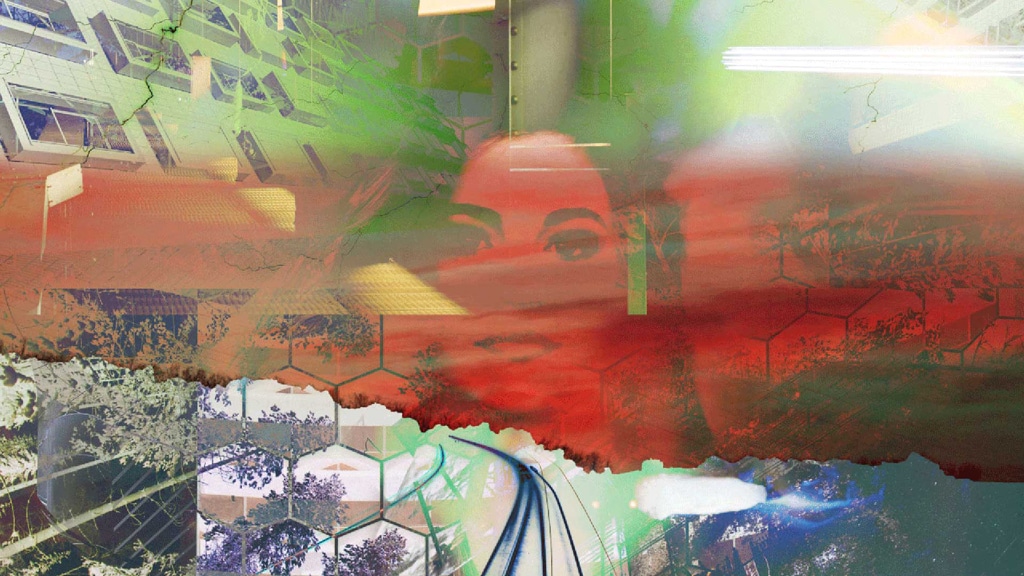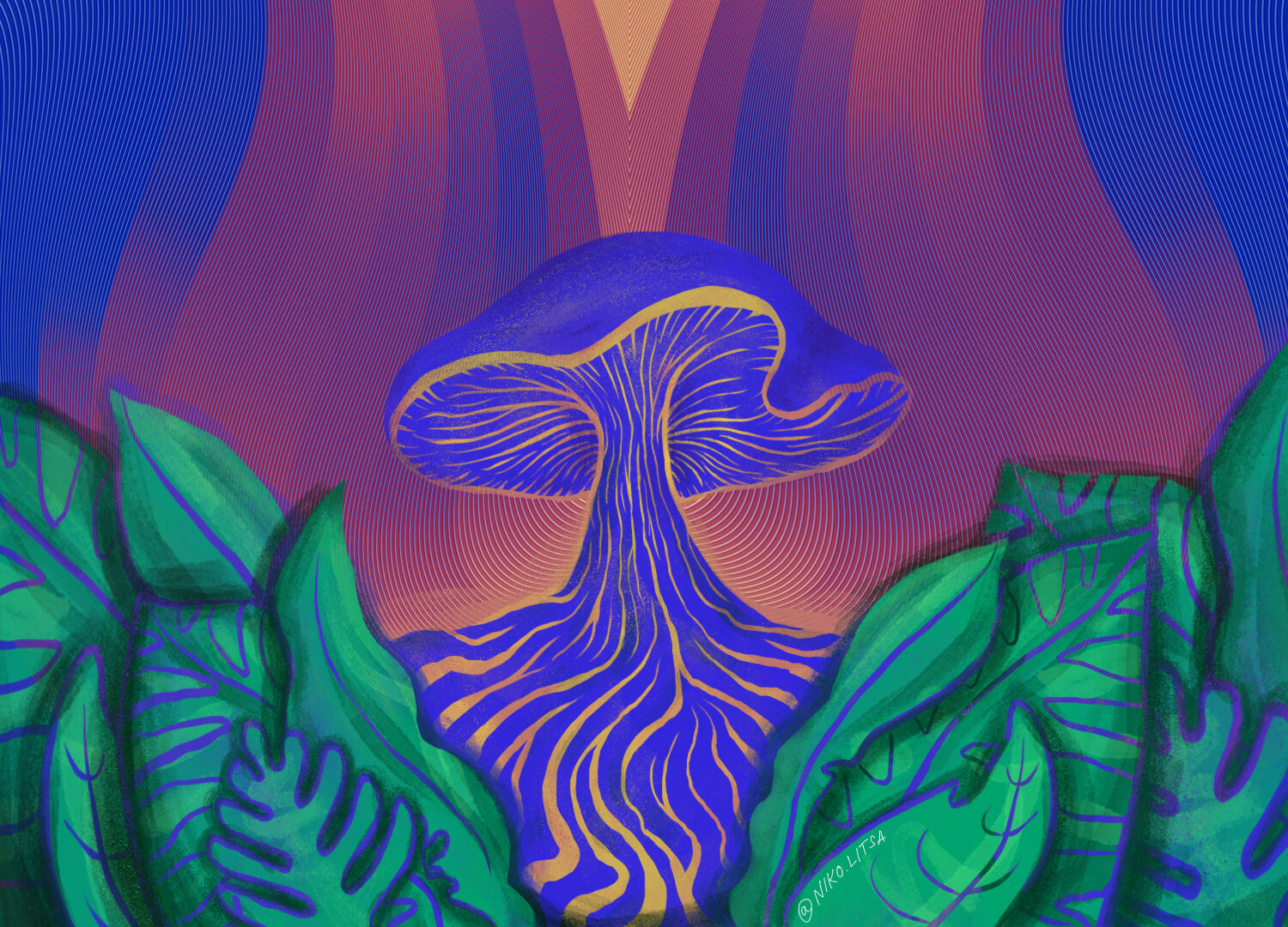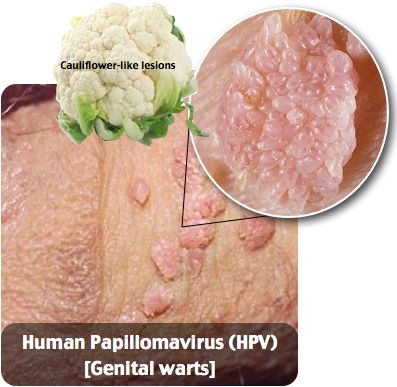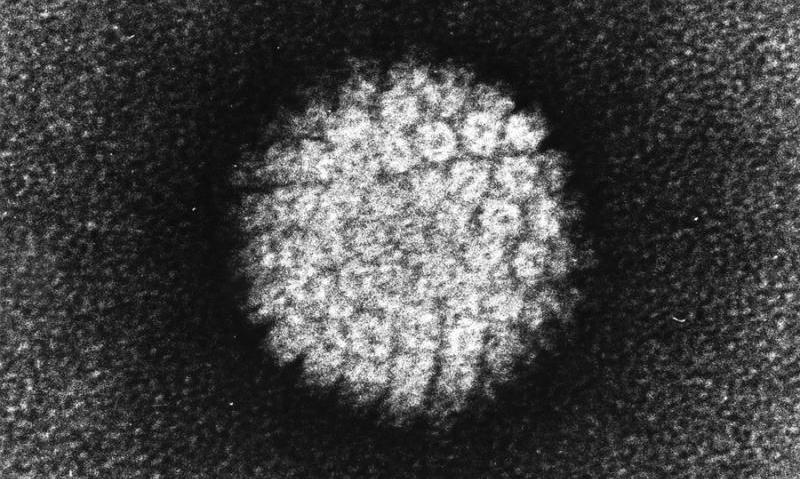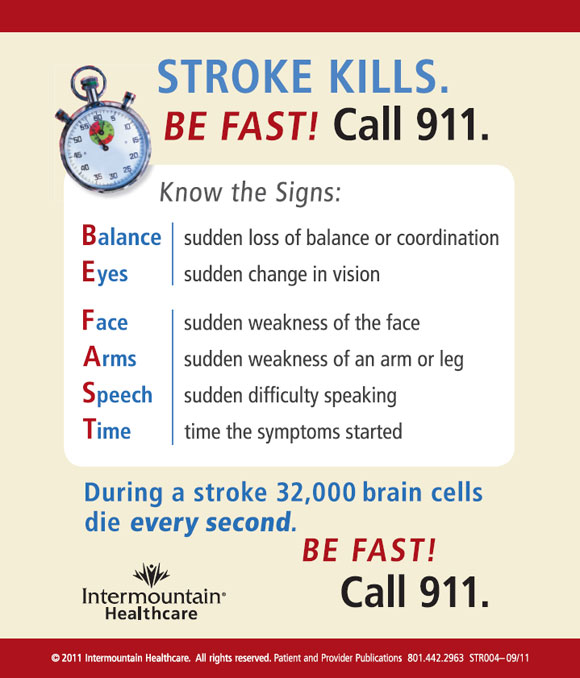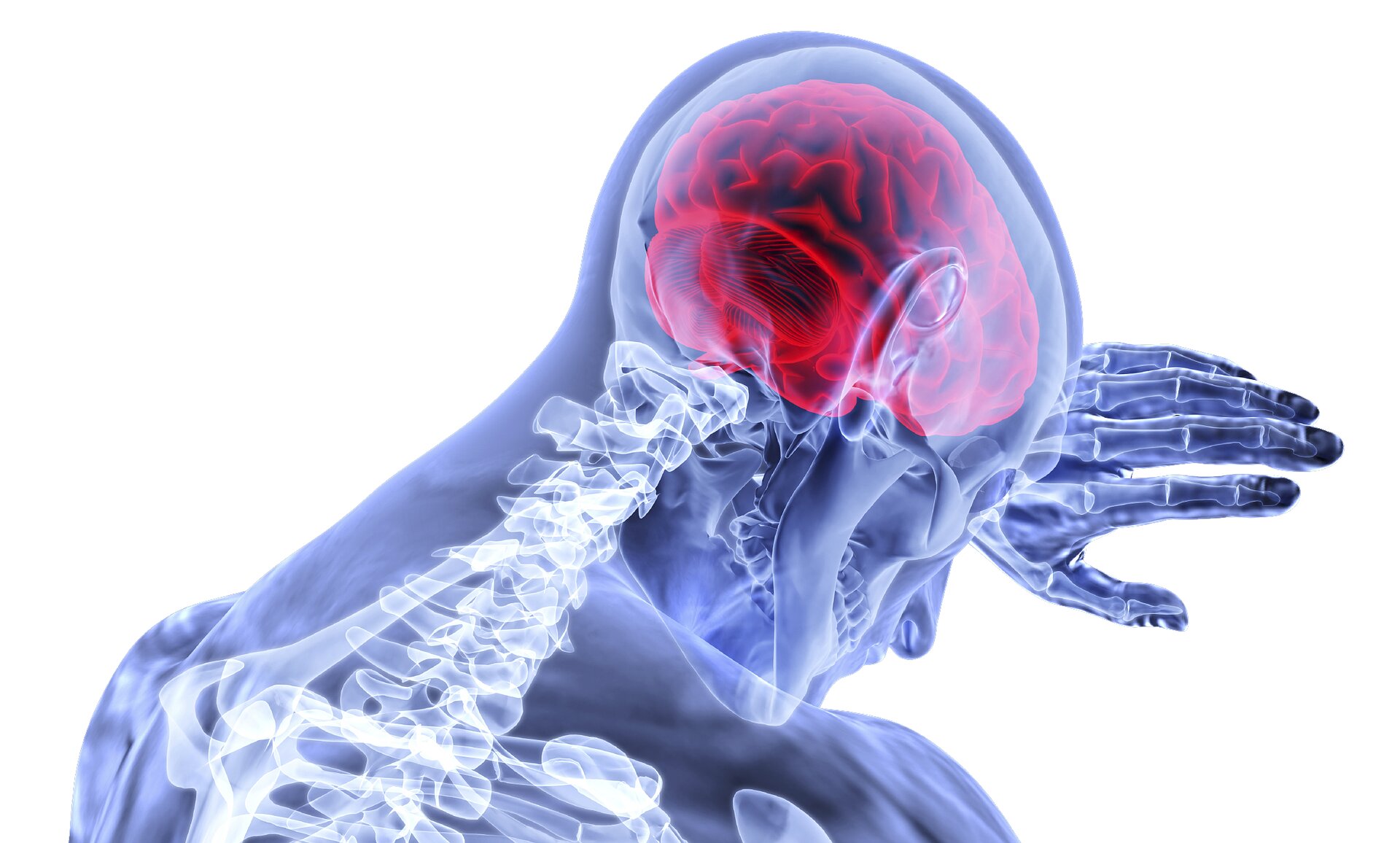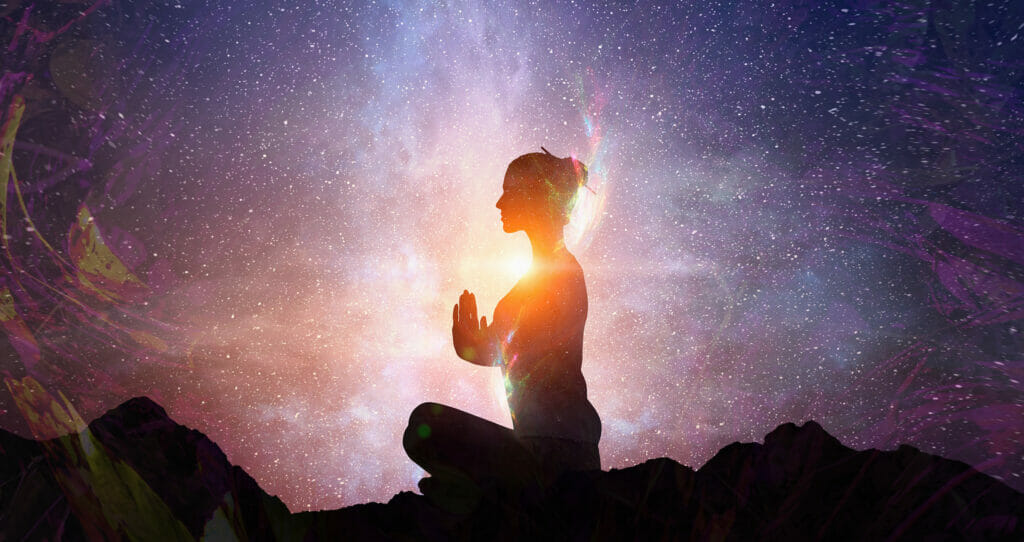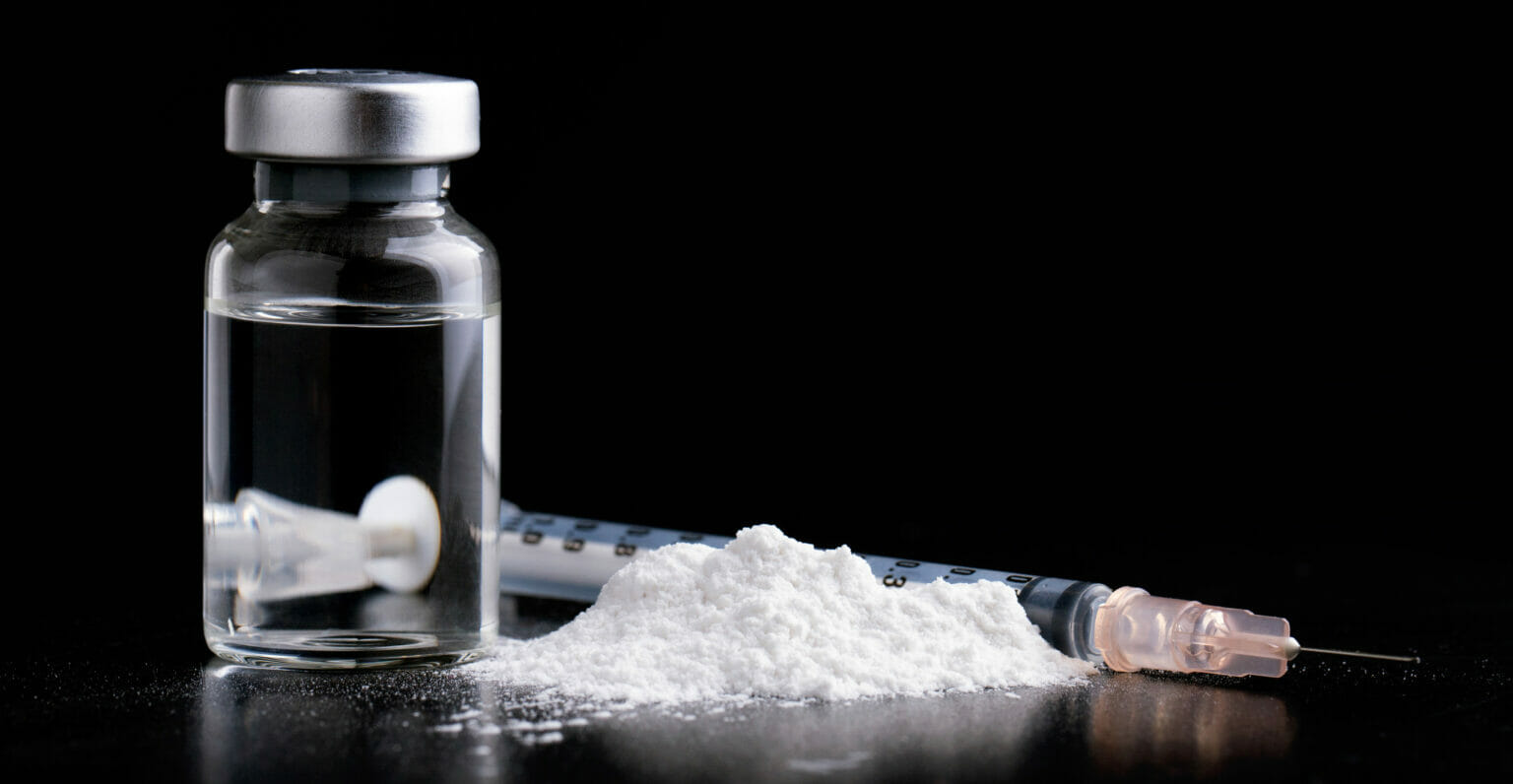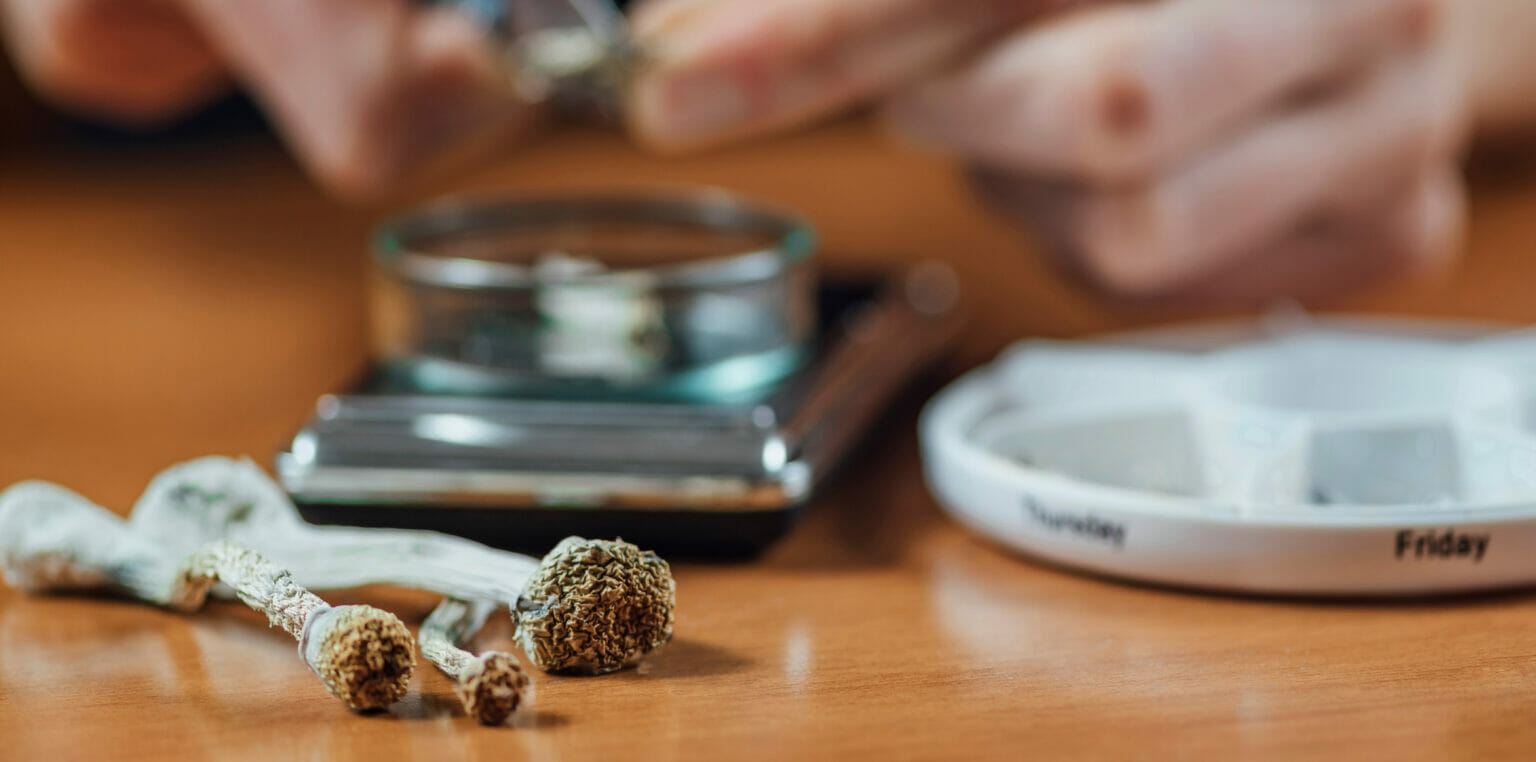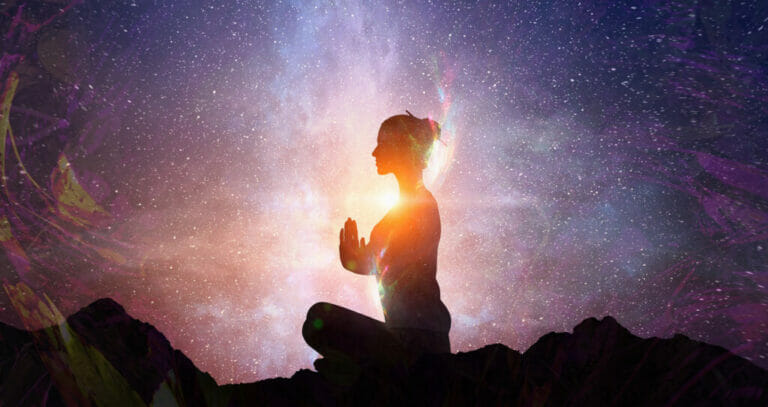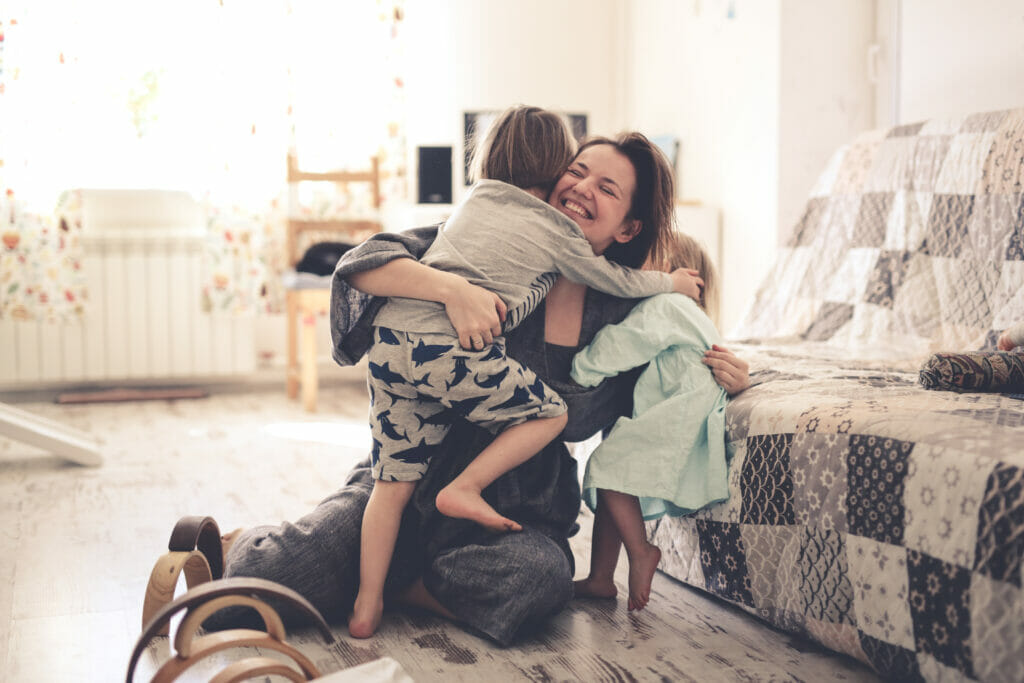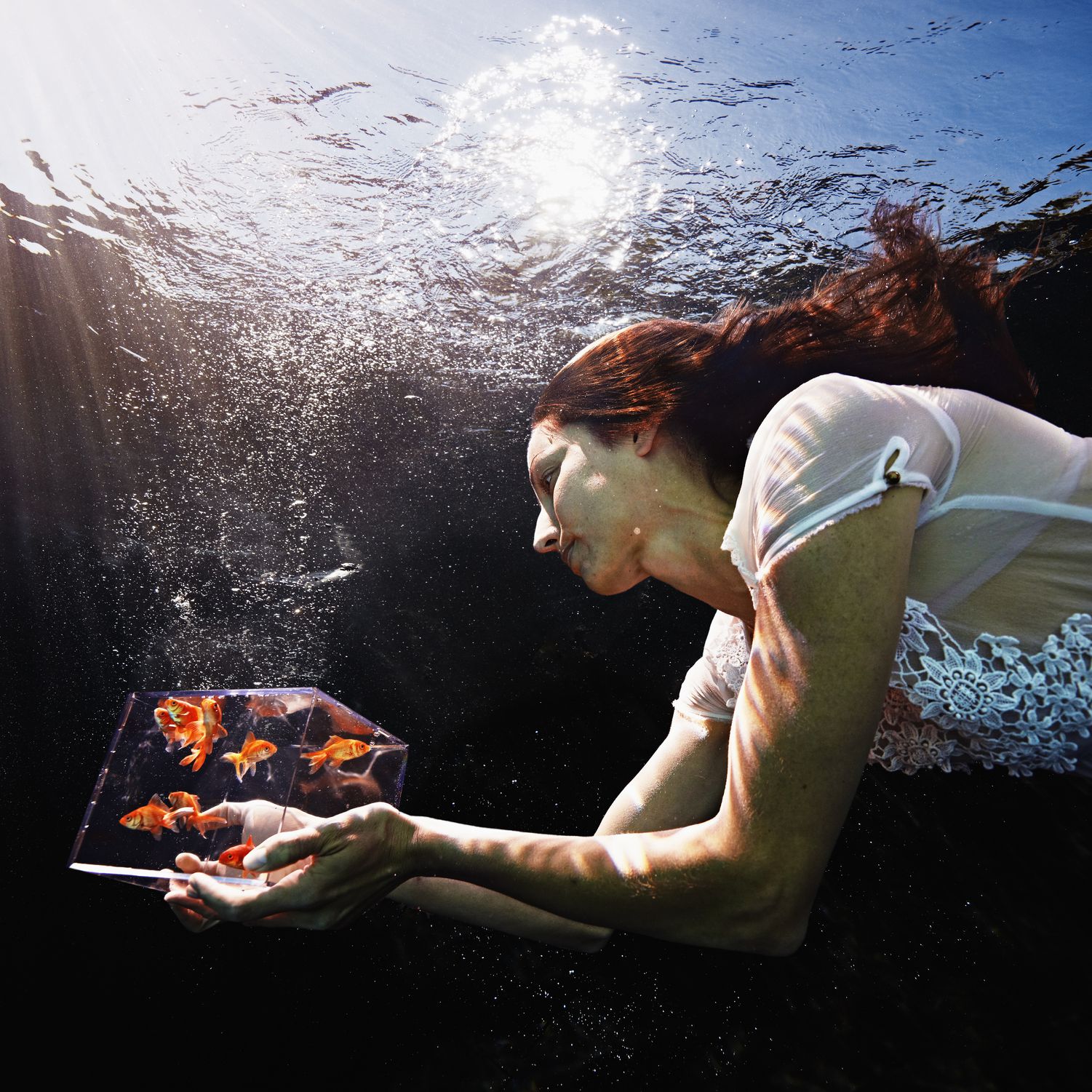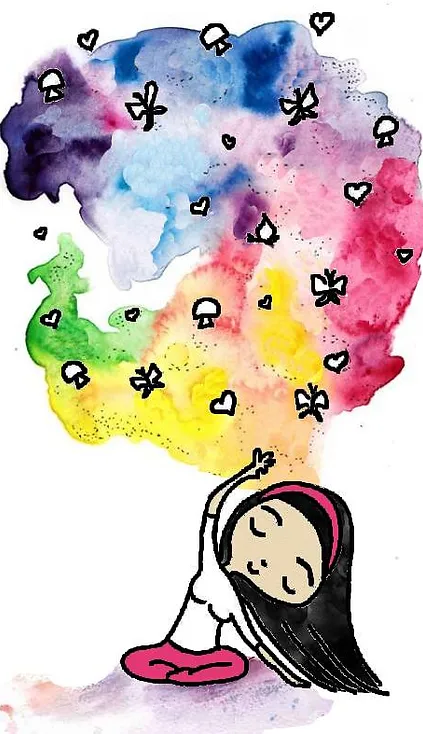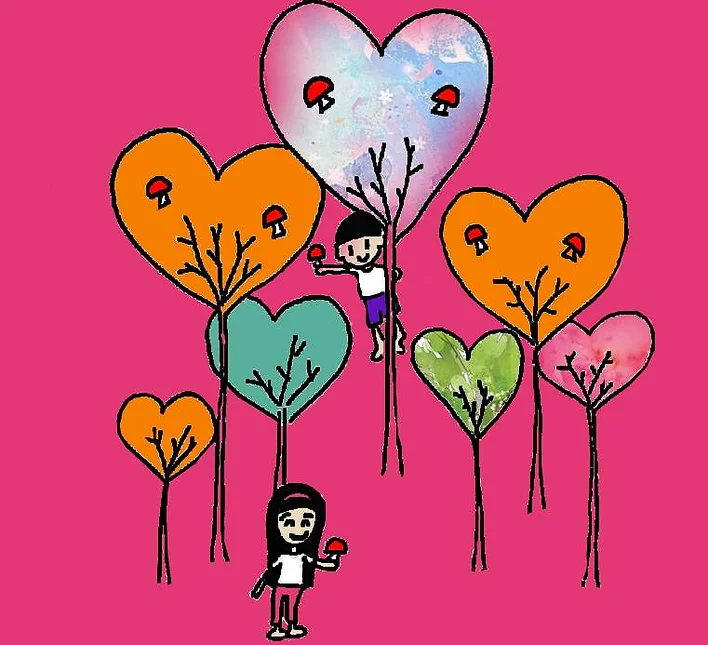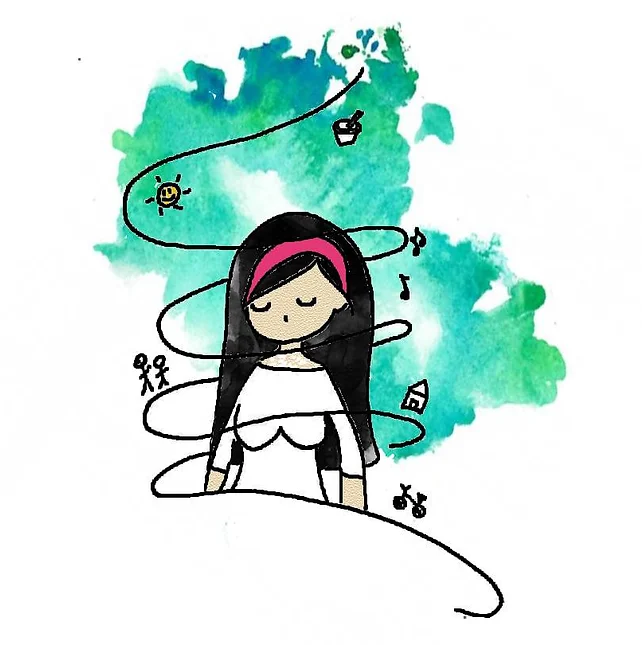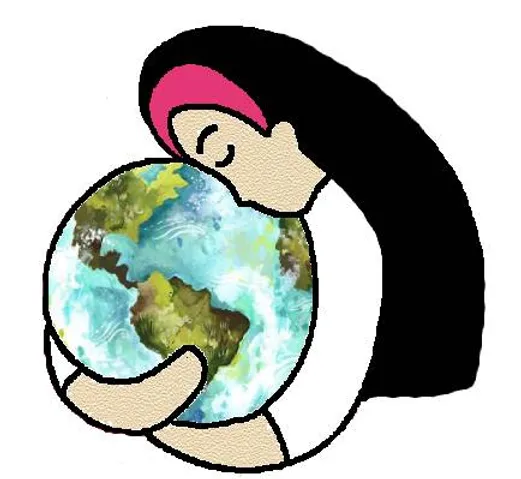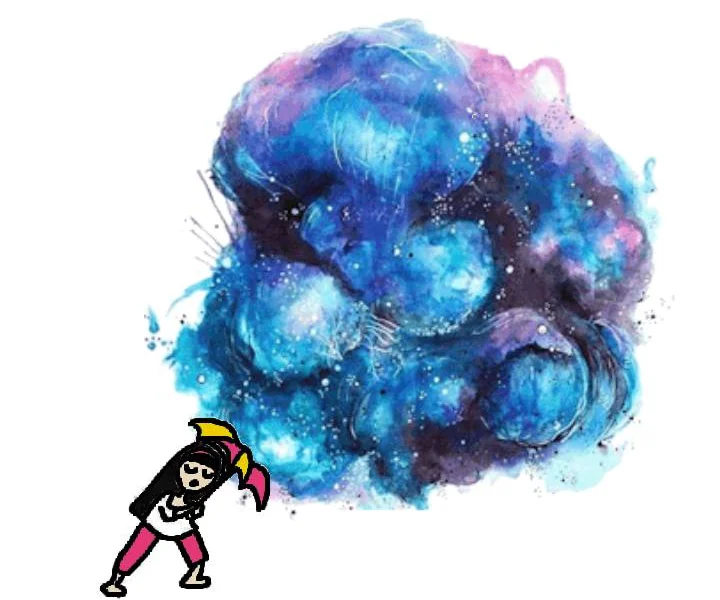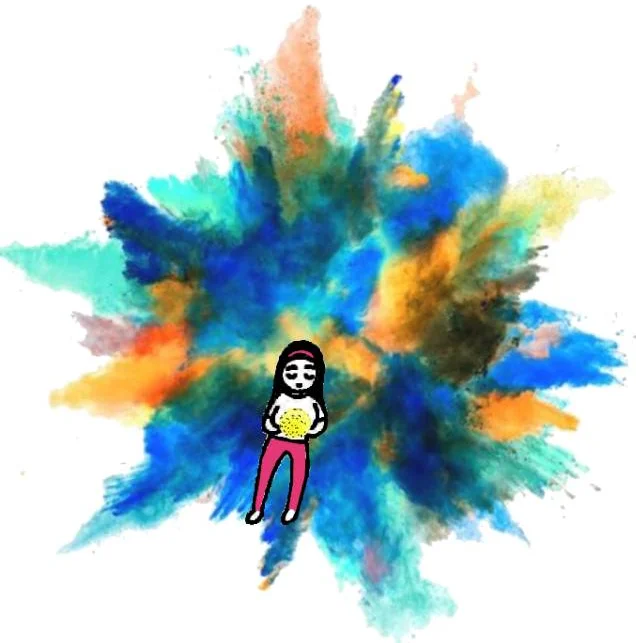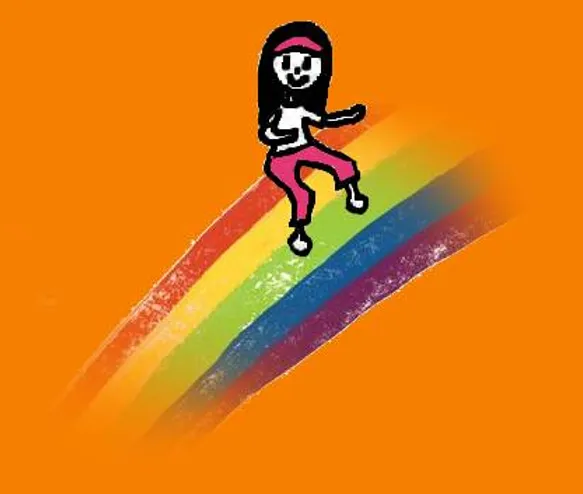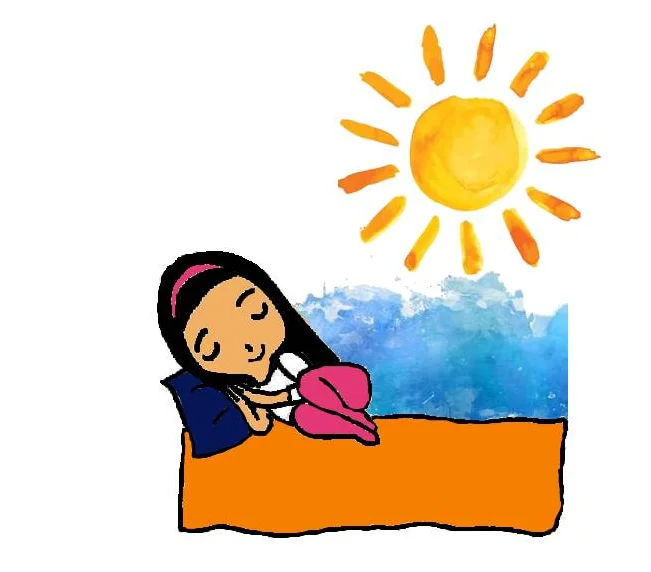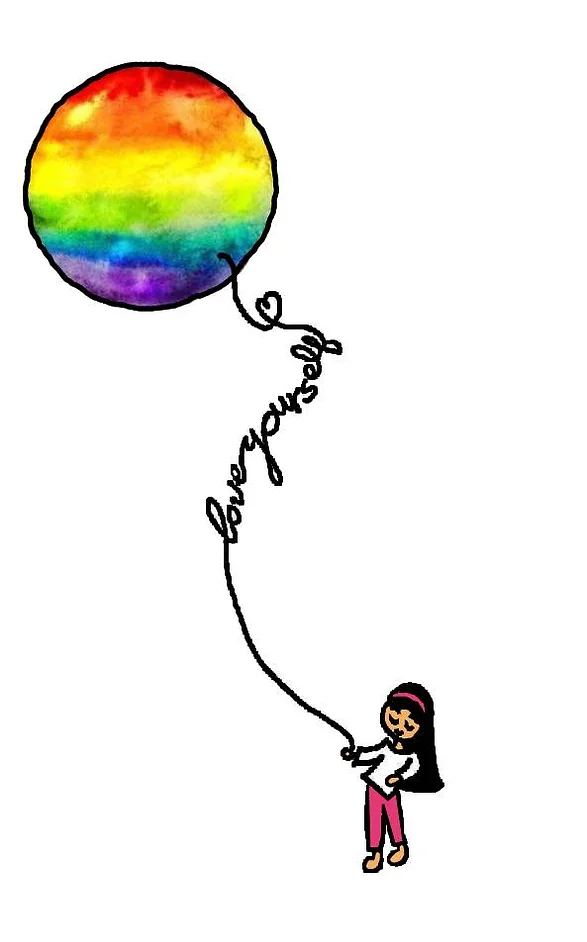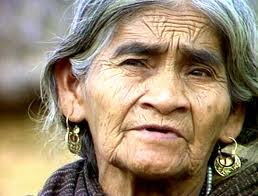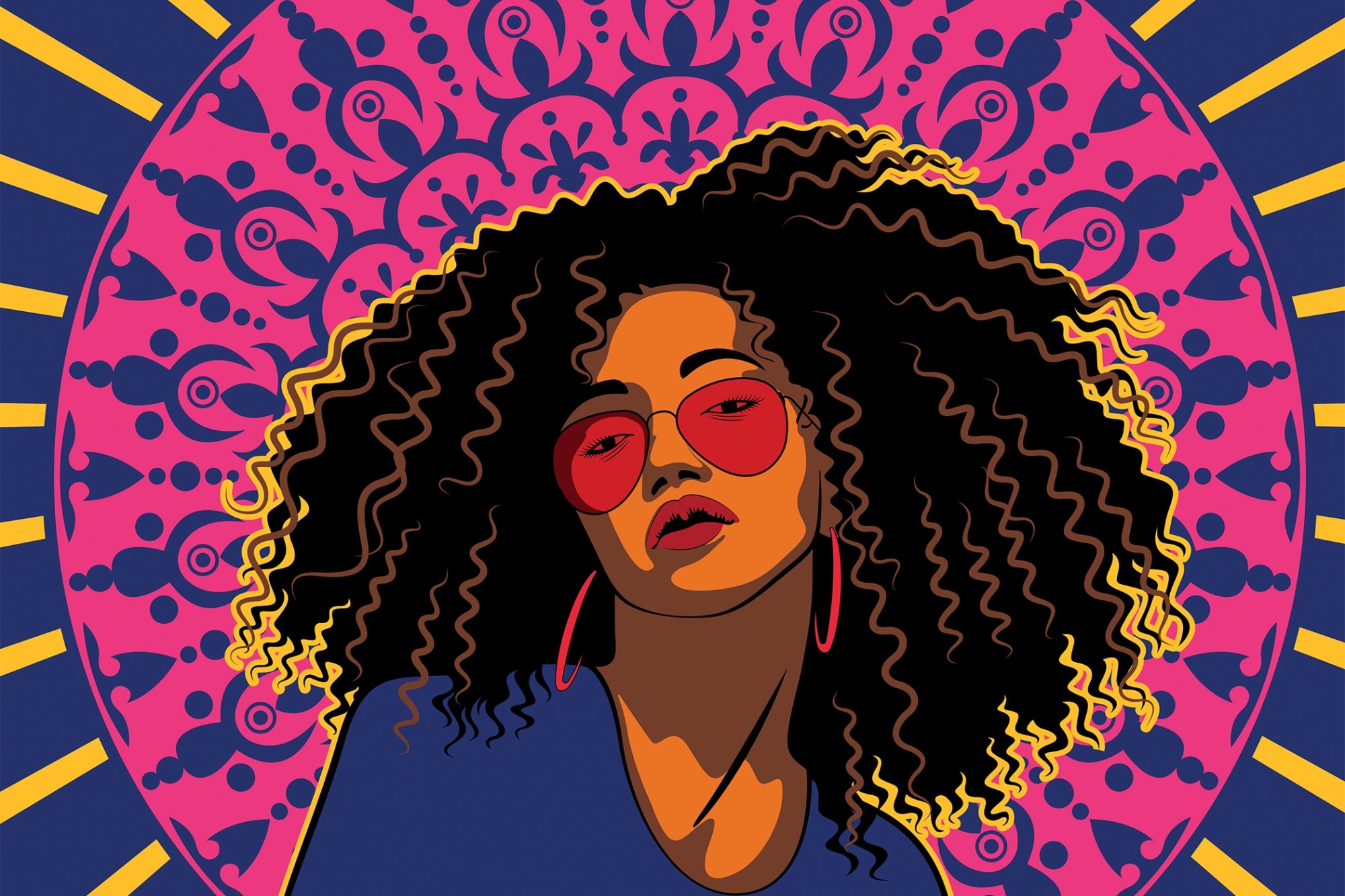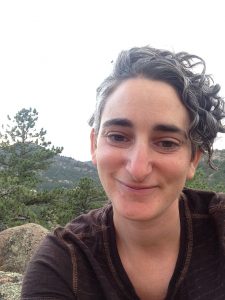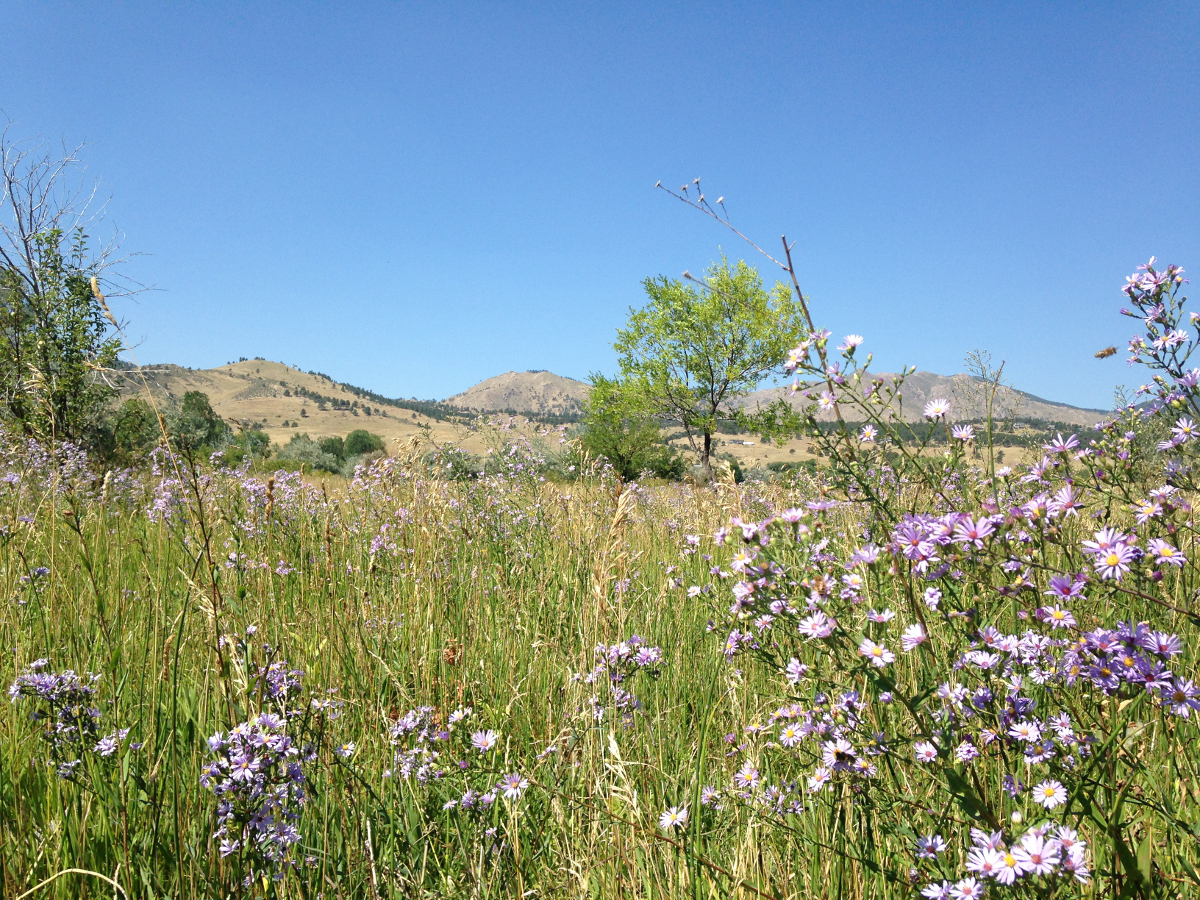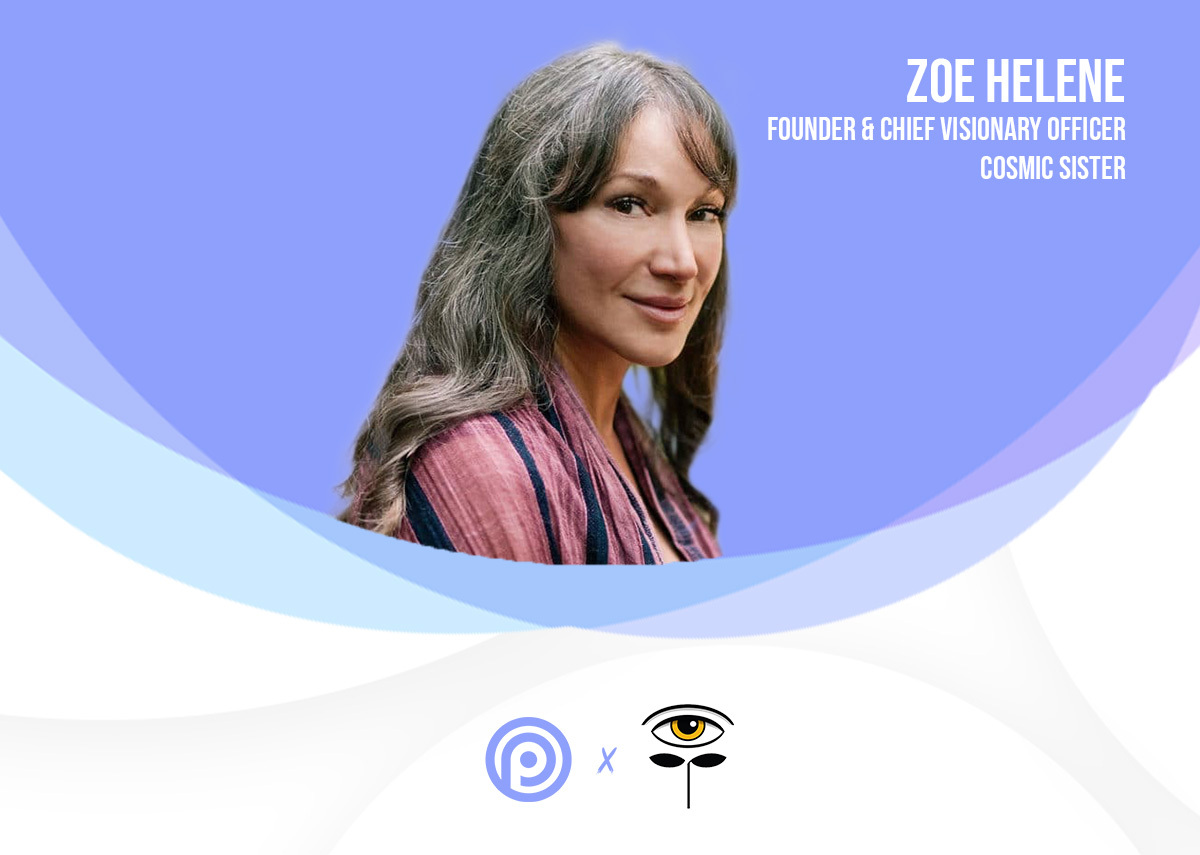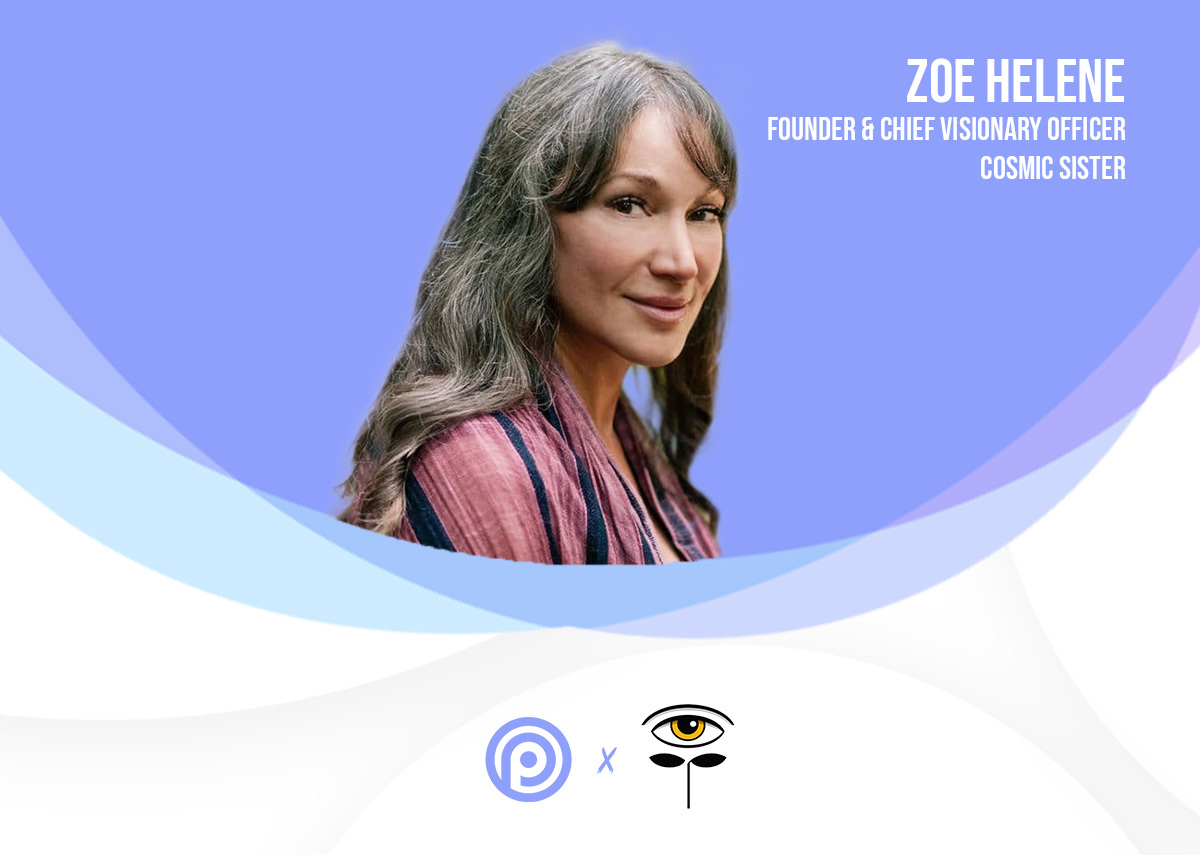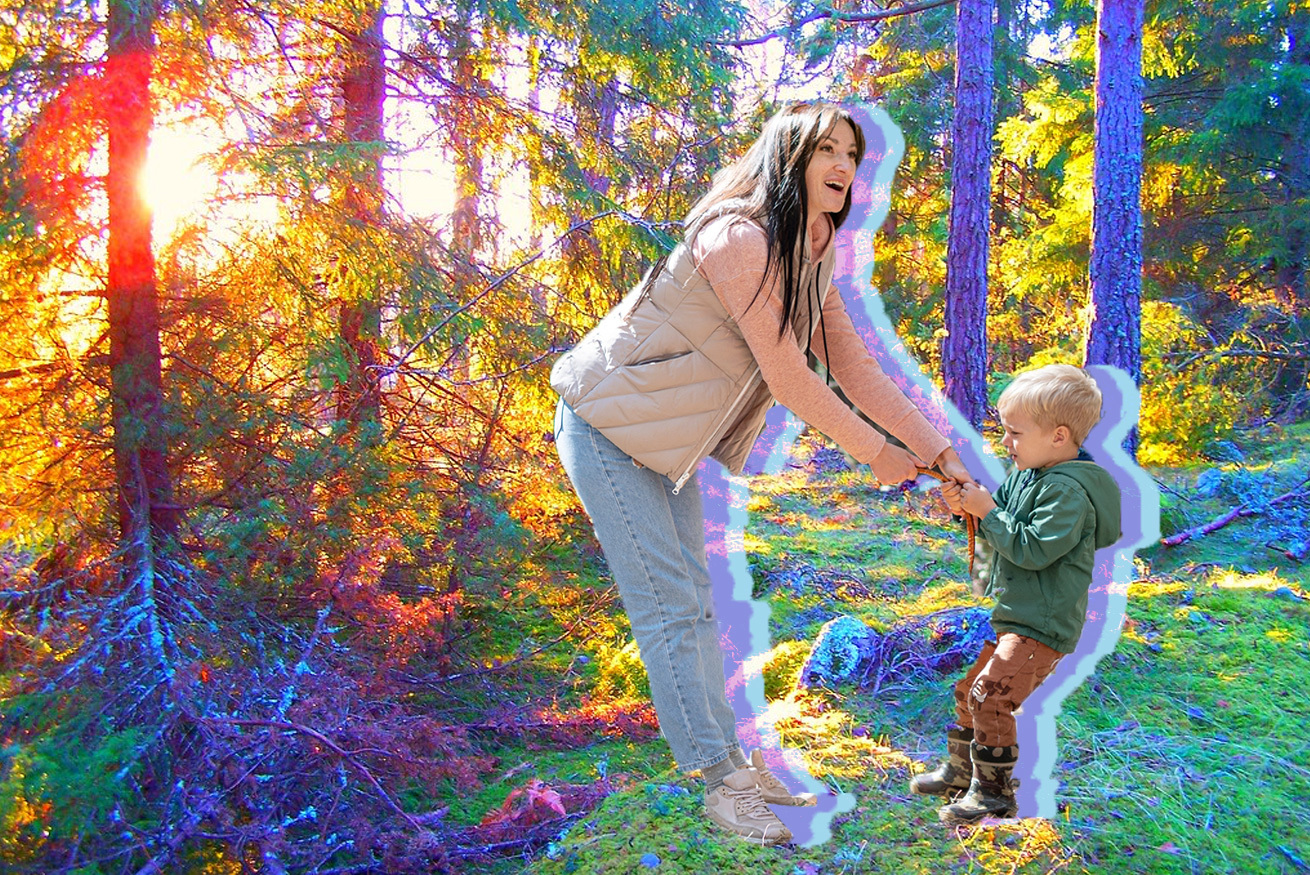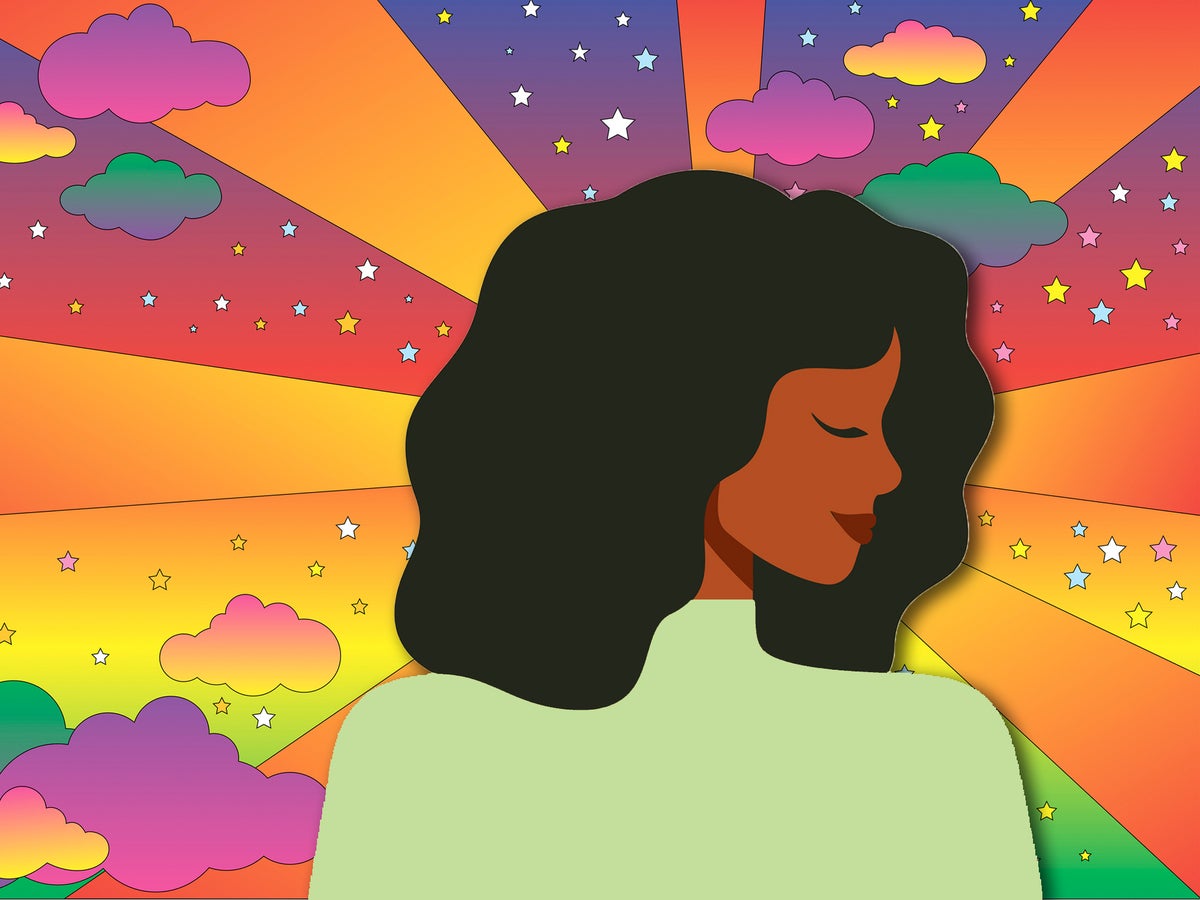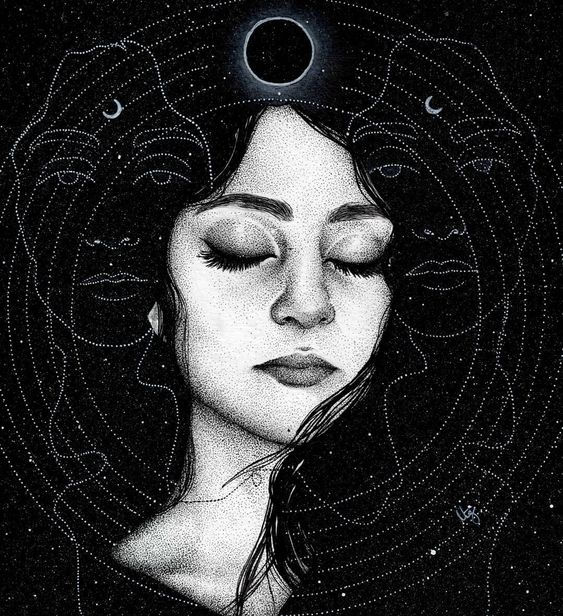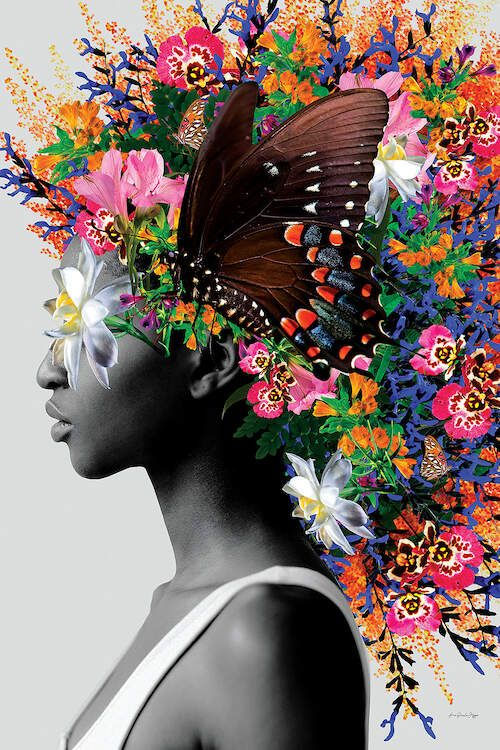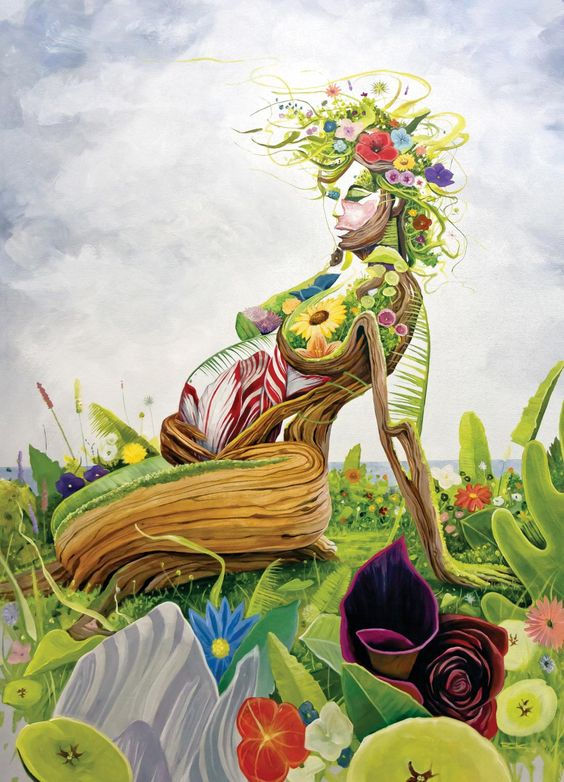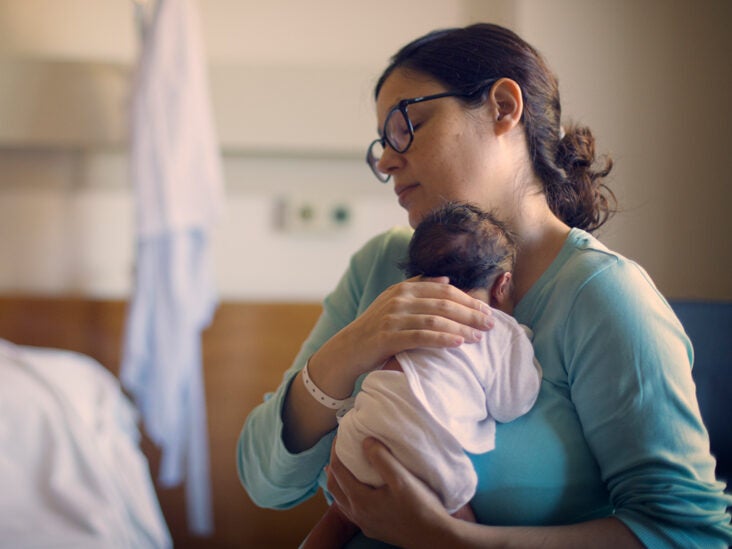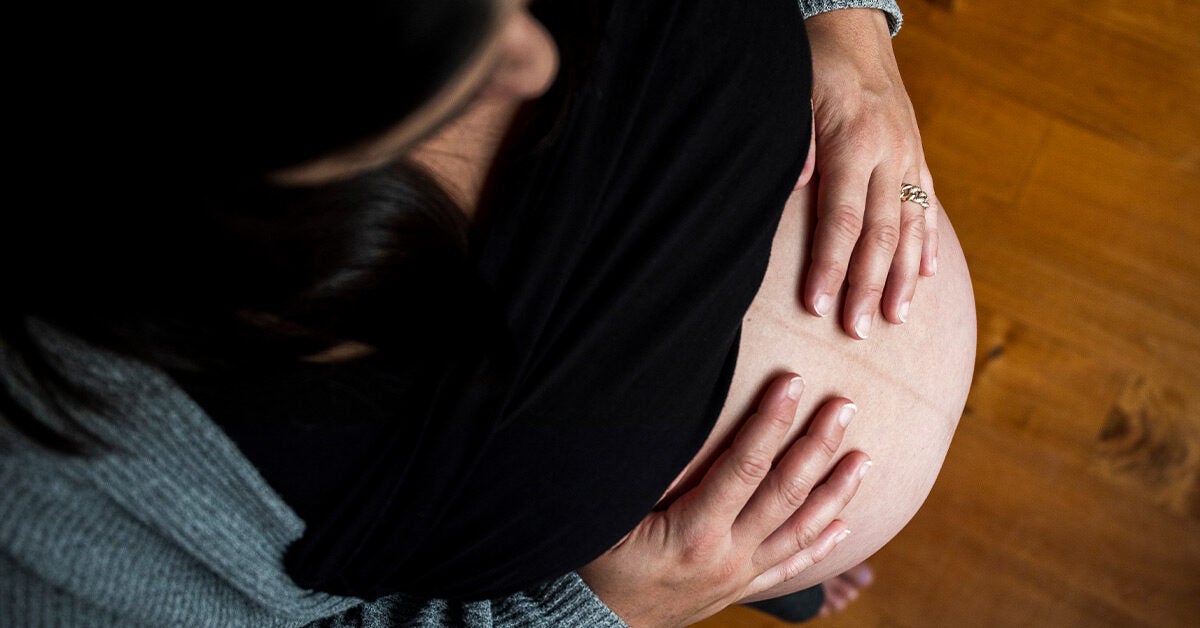mr peabody
Bluelight Crew
- Joined
- Aug 31, 2016
- Messages
- 5,714

Women behind the scenes: Making MDMA a legal medicine*
by Jasmine Virdi | CHACRUNA | 25 Aug 2021
Amy Emerson is the Chief Executive Officer at the MAPS Public Benefit Corporation (MAPS PBC), a fully owned subsidiary of the non-profit Multidisciplinary Association for Psychedelic Studies (MAPS). Working for almost two decades to make MDMA a legal, FDA-approved medicine, Amy began as a pro bono consultant for MAPS in 2003, helping to create MAPS’ clinical department and managing the MDMA Clinical Development Program. Her painstaking time and efforts have played a key role in seeing MDMA-assisted psychotherapy as a treatment for post-traumatic stress disorder (PTSD) through clinical trials, driving it ever-closer to being a legal, accessible therapeutic treatment in the US and abroad.
In this interview, Amy shares how she first came to work in the field of psychedelic science, detailing the hurdles along the path to legalizing MDMA as a therapeutic treatment for PTSD. She touches upon the contentious subject of commercializing MDMA and psychedelics more broadly, exploring what it means for MAPS to be a public-benefit corporation in the rapidly expanding sphere of psychedelic pharmacy.
Jasmine Virdi: First of all, I’m curious as to how you became interested in psychedelics. Were you always interested? If so, what was the culture and environment like towards them in Kodiak, Alaska, where you grew up?
Amy Emerson: I don’t remember when I first encountered the term “psychedelic,” but I do remember being in grade school [in the 1980s] learning about drugs through a “just say no” type of lens. I went to Catholic school and there was no drug or sex education, and when there was it was the prohibition type of education which is no education at all. The first time that I heard anything about drugs I was told to stay away from them, which has the opposite effect on me as it does on most teenagers.
I’ve always been a curious person, always loved being in nature, and exploring, so when I first heard about drugs, I thought they sounded interesting. My parents never really talked about drugs. My dad had probably tried smoking cannabis in college once, nor did my parents drink much, but at the same time, they were encouraging of exploration.
As I got older, I did try smoking pot and alcohol, and when I finally learned about LSD, I instantly knew that I wanted to try it. Anything that sounded exploratory would immediately prick my curiosity, but I didn’t actually try LSD until I was in college. In my junior year, with my now husband, I tried LSD. We had an incredible time, and I started to explore more with him. Later, I tried mushrooms with my best friend who is still my best friend 30 years later. The two people that I tried these substances with are still in my life and we still explore together. By the time I got into the idea of psychedelic research, I had already had my own explorations with them.
“By the time I got into the idea of psychedelic research, I had already had my own explorations with them.”
JV: How did your path in the psychedelic field start and how did you come to work at MAPS?
AE: I started my career working in drug development. I always thought that psychedelics were powerful tools for healing, but it never occurred to me that they would be medicalized again. In the late ‘90s I went to Burning Man and heard about the Mind States conferences.
That is where I got introduced to elders in the psychedelic world like the Shulgins, Terence McKenna, and Allison and Alex Grey, and many others. That is where I first heard Rick Doblin talk about his dream of starting a non-profit drug development company using MDMA for PTSD. As soon as I heard him talk about it, I knew that I had to help him do it.
It was a very clear moment of for me, although I hadn’t ever considered that my career and the knowledge that I gained through it could be used in the psychedelic field. I was first exposed to the idea of psychedelic research from an academic angle, but when I heard Rick say “non-profit pharma company,” I thought I actually might be able to help. My husband very kindly didn’t tell me that he thought Rick was crazy and it would never happen until many years later, after I was already immersed in it.
JV: What year was it?
AE: I can’t remember which Mind States conference it was, but it would’ve been the early 2000s. I went to the MAPS table, which was a rickety little table. Earth and Fire Erowid, founders of the non-profit psychedelic education platform, Erowid Center, were working at the table, and Rick had already left. No one from MAPS was there, in fact, I don’t even think there was anyone working at MAPS at the time! They told me to email MAPS and tell them I wanted to volunteer, so I sent my resume, and I didn’t hear anything for a couple of months.
Finally, I got a call at work asking me if I knew how to write a monitoring plan. MAPS were trying to get approval for their protocol from an external Review Board Ethics Committee to pursue their clinical trials with MDMA, and they needed to have a contract research organization (CRO) that would contract the whole clinical program for a $70,000 fee. Instead, I started volunteering my time on the nights and weekends, and I did the work that the CRO would have, building a monitoring plan alongside it. I started in 2003, and it turned into six years of volunteering my time. I only finally started to get paid for my work in 2009. In parallel, I was working at Chiron (which later became Novartis) in vaccine development, helping to write ethics applications to submit to the Federal Drug Administration (FDA).
JV: I would imagine that since your time starting at MAPS your role has expanded exponentially, besides the fact of your now getting paid.
AE: Volunteering for all that time, finding time on nights and weekends to do the work with Rick or taking vacation time to go and travel to locations where we were conducting studies—I was just fitting it in, and we had such a tiny team. It was very slow, and we made slim, but incremental progress, getting PTSD patients treated in senior medical director for medical affairs, training and supervision at MAPS B-Corp, Michael Mithoefer’s randomized controlled pilot study with MDMA. One of my main contributions at the time was making sure that we had a database and case report forms, otherwise the data would have never been useful. The data from our early studies is still part of our portfolio that we use when engaging with the FDA. It went from that to hiring a small research team and growing it from there.
Until 2015 we grew MAPS as a research team, and then we started MAPS B-Corp, which I took of leadership of. In the beginning, I had to take on multiple roles, working on every single aspect, and now we have 90 people employed. Even when I did start to get paid, Berra Yazar-Klosinski, deputy director of MAPS B-Corp, and I worked on every single thing, growing it into a fully-fledged company. We are growing a lot again, and my role as CEO now is so different. I’m still involved in mapping out how certain research fits into our overall FDA strategy to get MDMA-assisted therapy legalized, but I no longer work on individual studies. It is not something I ever imagined I would be doing, being the one in charge of getting MDMA through FDA approval and now growing a patient access and commercial program.
JV: The commercialization and corporatization of psychedelics is a contentious subject for many who have long been in the community. I’m curious to hear your thoughts about how MAPS is navigating this and what it means for MAPS to be a non-profit pharma company? Do you think we can avoid the psychedelic field being run by traditional biotech companies?
AE: It is a really complicated subject and the role that we play is to show that we can do it differently. We are trying to maximize benefit, not maximize profit. Incorporating as a public-benefit corporation owned by a non-profit and going the data exclusivity route [protecting the clinical data submitted to the FDA for a period of five years] instead of a patent exclusivity route [having the exclusive right to produce a specific drug that usually lasts for 20 years], our role is to keep pushing the ecosystem in a way that shows that it is possible to do it this way. I don’t think that all the development in the psychedelic space could be done by non-profits as there no way to raise that much money for every company through philanthropy.
That being said, there are really important roles for non-profits, taking on projects that most others steer clear of; that is what we did at the time. Now the psychedelic field is open, this is part of living in capitalism, and that we don’t want to block people from acting. Although, we do want to encourage people to think about doing medicine in a different way, putting public benefit over profit in all ways.
JV: I know that public benefit corporations are a relatively new type of legal entity that are different from traditional corporations in that they reject prioritizing profit for shareholders, rather prioritizing purpose and long-term public benefit. In terms of being a B-Corp, what are the challenges on the horizon for MAPS? I’d imagine there are significant challenges to developing MDMA through independent funding.
AE: As a wholly owned subsidiary of a non-profit, all money comes through fundraising, and it costs way more to do this than Rick could have ever anticipated. It is easy to run out of people and places that are still going to be willing to donate philanthropically, especially when we are getting so close to the end goal. Part of our goal is to be a self-sustaining organization and to do that we need to make a profit. Again, we are not aiming for profit maximization, but we will make a profit. The closer we get to making a profit, the less people want to donate.
The complete commercialization part costs as much as a clinical development program. It is so expensive to put everything in place, and it is necessary to have all of the roles that a traditional pharma company would have if this is going to work. Additionally, if we don’t do it well, we only have five years of data exclusivity, which could jeopardize the profit that we do make to create a sustainable organization. When people have a patent, they can take a lot longer and screw up the first year, but we have to get it right.
“We don’t want to just get MDMA approved, we want to do it in a way that tackles misinformation and stigma around mental health and psychedelics, and makes them accessible to underserved, marginalized communities.”
Since 2003 to 2018, we moved slow conducting a Phase 2 Clinical Program, but now we have to move much quicker, and the faster you do something, the more it costs. Now there are a lot of other people entering the market too, and if we want to be the ones shaping the ecosystem, we have to keep moving. Plus, there are the challenges of psychedelics becoming accepted within the paradigm of mental health and education as well as ensuring that they are accessible to underserved communities. We don’t want to just get MDMA approved, we want to do it in a way that tackles misinformation and stigma around mental health and psychedelics, and makes them accessible to underserved, marginalized communities.
JV: I get goosebumps just thinking about it… How far are we from getting MDMA to be a legal, FDA-approved medicine?
AE: We will be submitting the new application by the end of 2022/beginning of 2023 and hope that the approval will come at the end of 2023. Joy Sun Cooper, our Chief of Patient Access, did a really deep dive on what the commercial landscape looks like for us, and we are building a plan with that information so that we are prepared to launch this commercially.
JV: Perhaps a segue of a question, but as a woman working in the psychedelic field have you come up against any particular challenges?
AE: Overall, it has been great. When I first started working in this field, the Women’s Visionary Congress (WVC) was pushing to include more women in psychedelics. Not that there weren’t already women in psychedelics, but they were usually behind the scenes. The WVC has done an amazing job of making sure that there were women sharing the stage in this field. There have always been a lot of women in clinical research and drug development, although they are not necessarily in leadership positions.
As I was building the team at MAPS PBC, we were always predominantly women. Growing together as team, we all moved into leadership positions, which is rather unusual. We are also working on diversity too. When I look at that leadership team across the company that we have a healthy amount of diversity, although there is not so much at the very top yet, but that will come too. I’ve never run into any negative issues being a woman working in psychedelics, but I think it is because I partly work in a small group of people that are very much aware and supported, very different from working in a corporate environment.
JV: Is there anything else that you feel called to share and want people to hear?
AE: I really want people to be open-minded. We already have open minds within our inner circles, but we need to remember that it isn’t the case when we go further out so we all need to be ambassadors. Part of the way you change people’s minds is by sharing stories of healing. I also think we need to be open-minded about how this field is expanding and developing. In the psychedelic ecosystem, we are going to have the whole spectrum including for profit, patents, non-profits, and benefit corporations. Whilst moving forward, we need to keep asking ourselves, “How do we do this differently and be collaborative?”
“Do the work to keep the lines open. Do the work to reach out to communities. Don’t rely on just one group to do it, everyone has a role to play in the shaping of this movement.“
We must be open-minded enough to keep influencing the ecosystem in the way that we dream it to be. There are going to be times when we disagree with how other groups are driving this movement forward, but if we shut down communication and turn into only being competitive, are we really going to be doing this any differently? We have to have a different attitude; Do the work to keep the lines open. Do the work to reach out to communities. Don’t rely on just one group to do it, everyone has a role to play in the shaping of this movement.
From the article here :

Women Behind the Scenes in Psychedelic Science: Making MDMA a Legal Medicine with Amy Emerson
Amy Emerson recounts how she first became involved in the work of psychedelic science and her efforts to legalize MDMA-assisted therapy.
Last edited:

